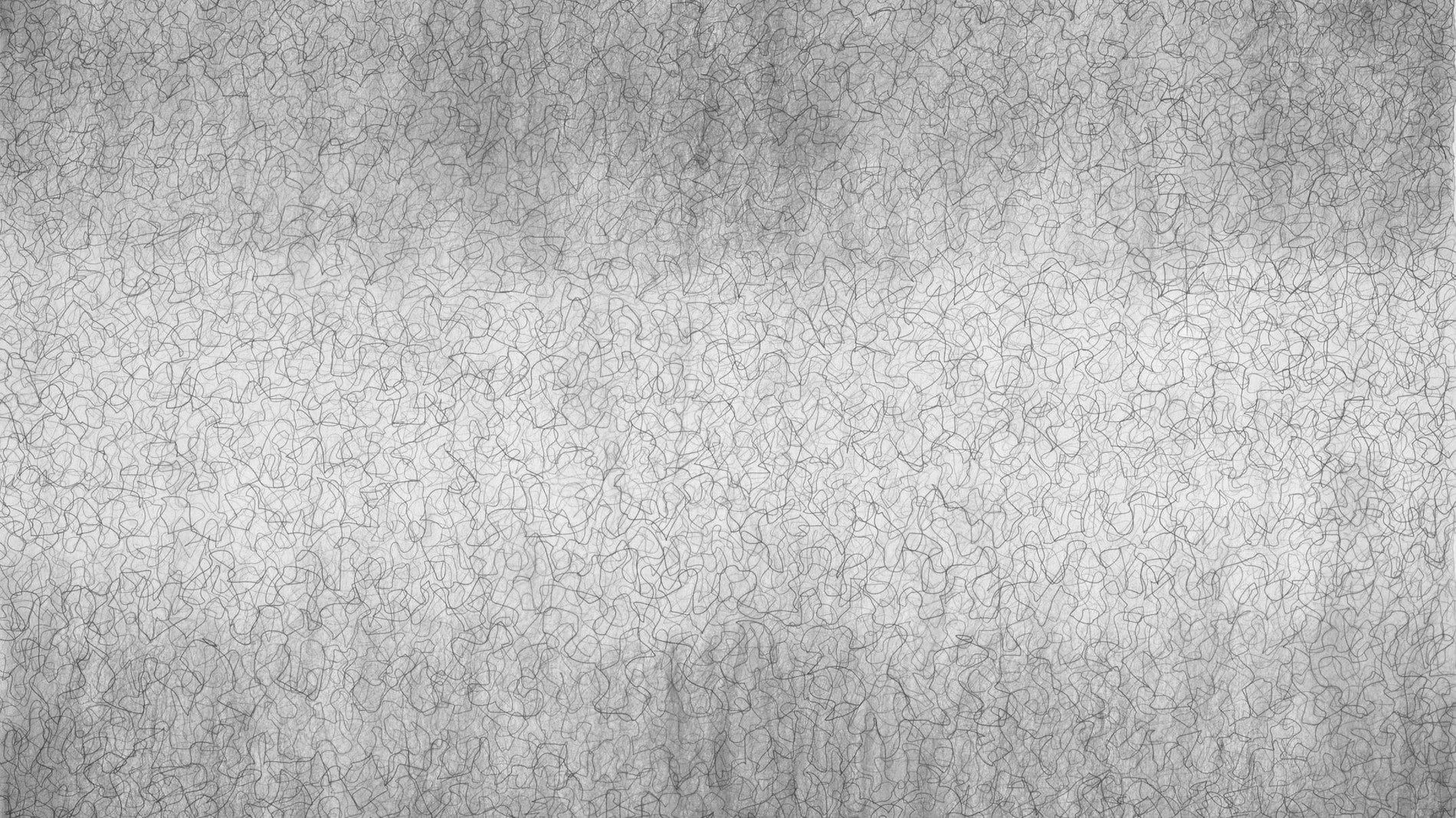4’33” remains the most famous work of the American composer and theorist, John Cage (1912-1992).
The experimental piece, composed in 1952 for any combination of instruments, requires performers to sit onstage and not play their instruments. The ambient sounds of the room take over and form the freest kind of chance music. Our ears become attuned to an ever-present sonic counterpoint. Total silence is a fallacy.
One of Cage’s greatest influences was the French composer Erik Satie (1866-1925). Satie’s “Furniture music” (repetitive background music) and atmospheric Gymnopédies anticipated the Minimalist and Ambient music of the late 20th century. In a 1948 lecture at Black Mountain College titled Defense of Satie, Cage said, “It’s not a question of Satie’s relevance. He’s indispensable.”
The same year, Cage composed In a Landscape. An homage to Satie’s Gymnopédies, the solo piano work floats through a dreamy landscape. It was written for choreographer and dancer Louise Lippold. The player is instructed to hold both the damper and sustain pedals throughout the entire composition.
In a Landscape seems far removed from the Cage of 4’33.” Written at a time when thorny atonality was dominant, it is a serene work of early Minimalism which reaches back to Satie.
This performance features pianist Stephen Drury:
Recordings
- Cage: In a Landscape, Stephen Drury Amazon
Featured Image: “John Cage In a Landscape 1948 – Version 2.” Graphite charcoal and mixed media, Fiona Robinson


Dear Timothy, I marvel at your range of musical passions and insights. Thank you so much.
On Satie’s ‘furniture music’, which I think he also compared to wallpaper, did you know that in 1963 John Cage organised the first performance of Satie’s posthumously discovered piece Vexations, on the manuscript of which Satie indicates that the fragment ‘might’ be performed 840 times? Cage organised a relay of pianists to achieve this number, but seriously underestimated the length of time it would take – 18 hours. Only one member of the audience lasted the course.
Is your image an Agnes Martin?
Hi Carmen, The image, inspired by Cage’s music, is by British artist Fiona Robinson.